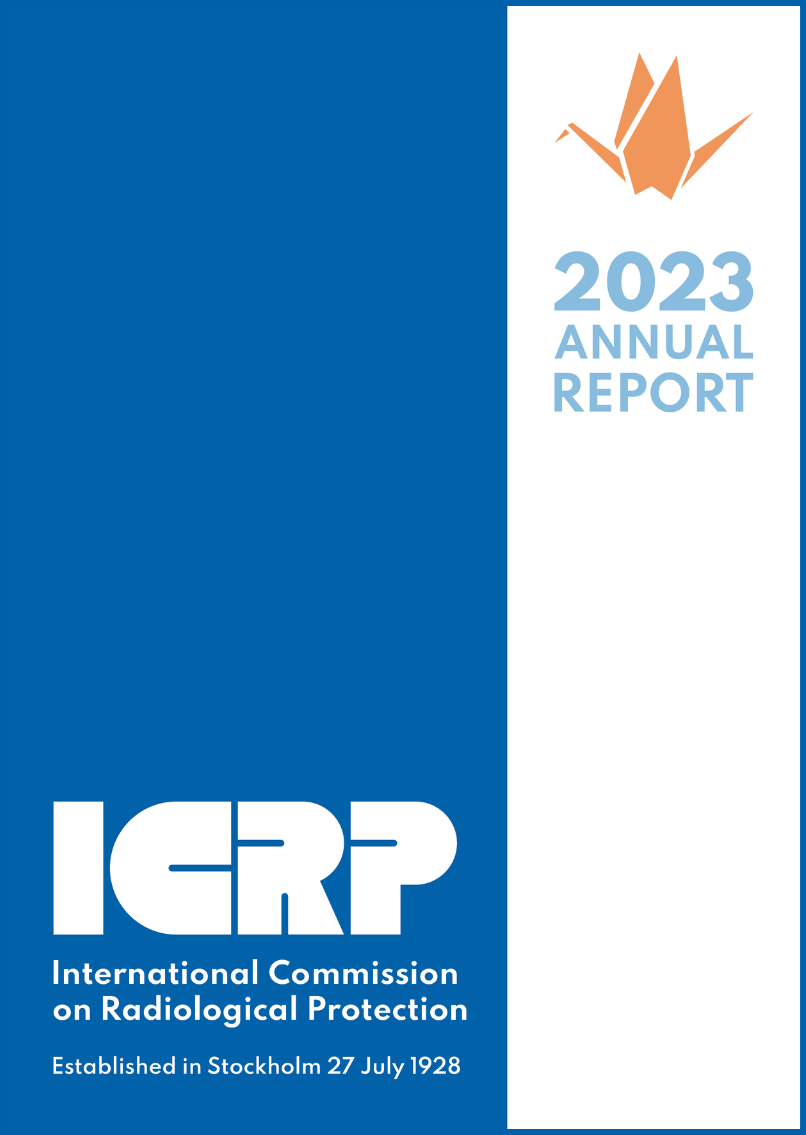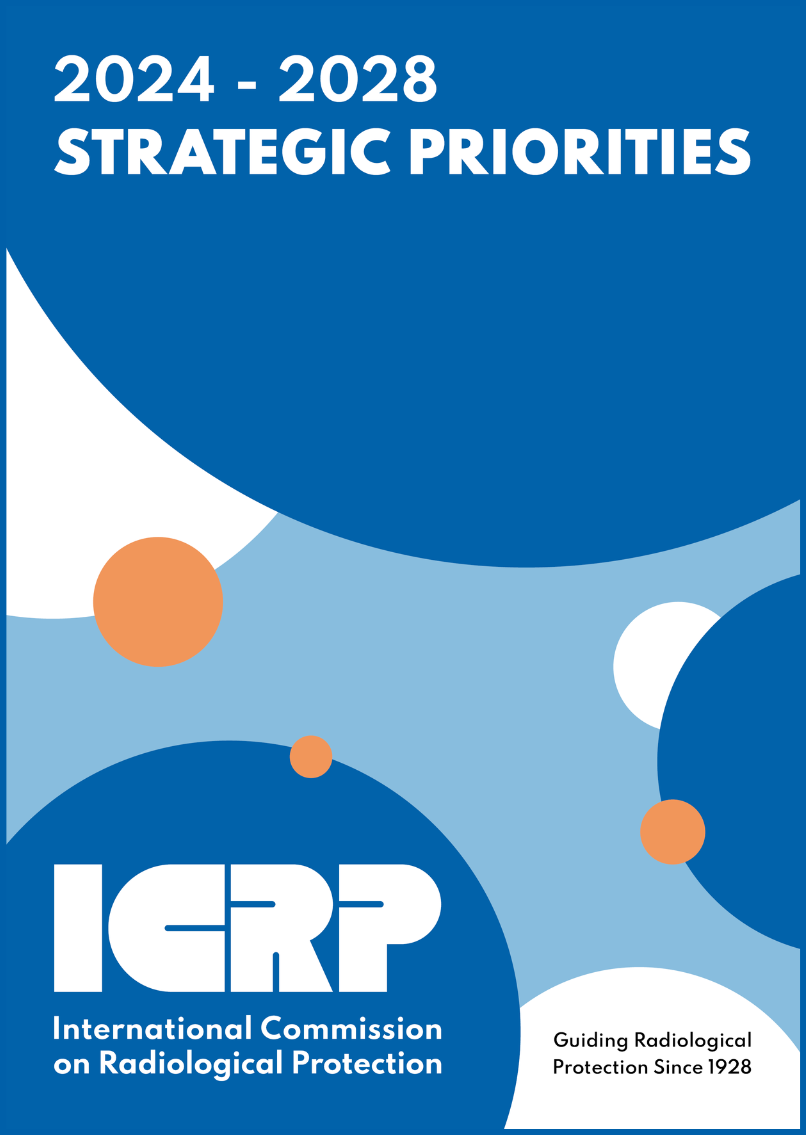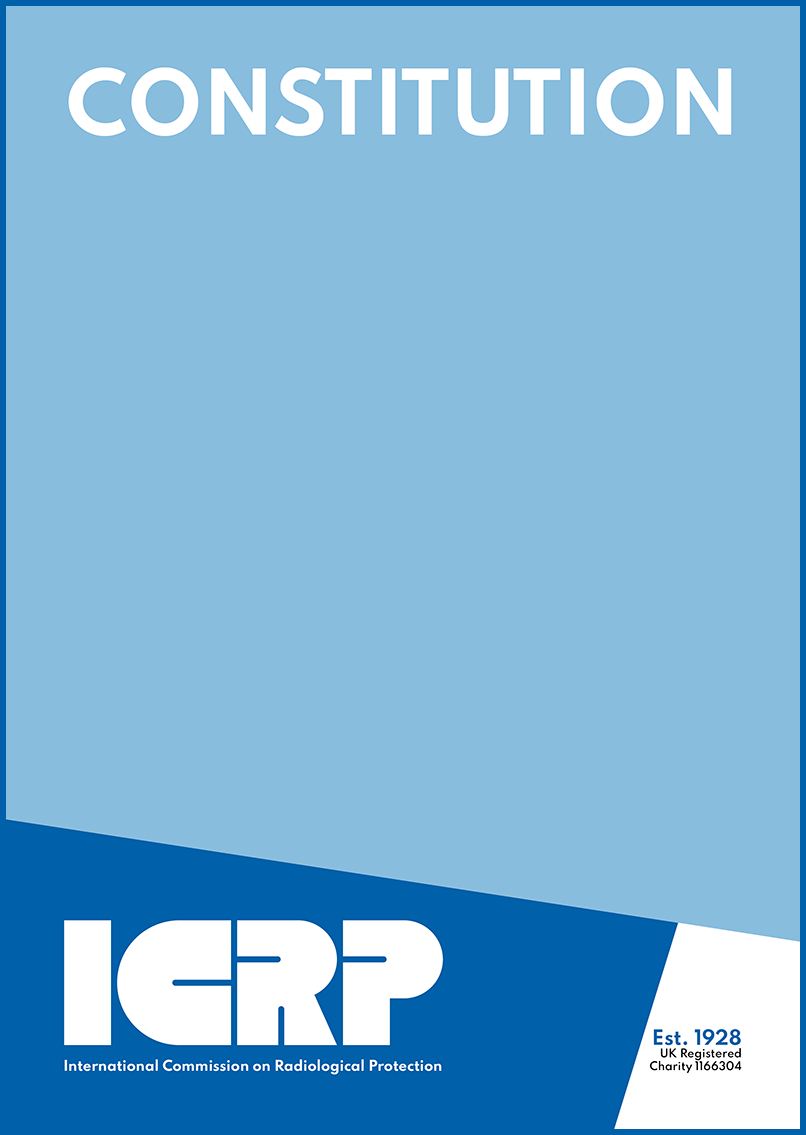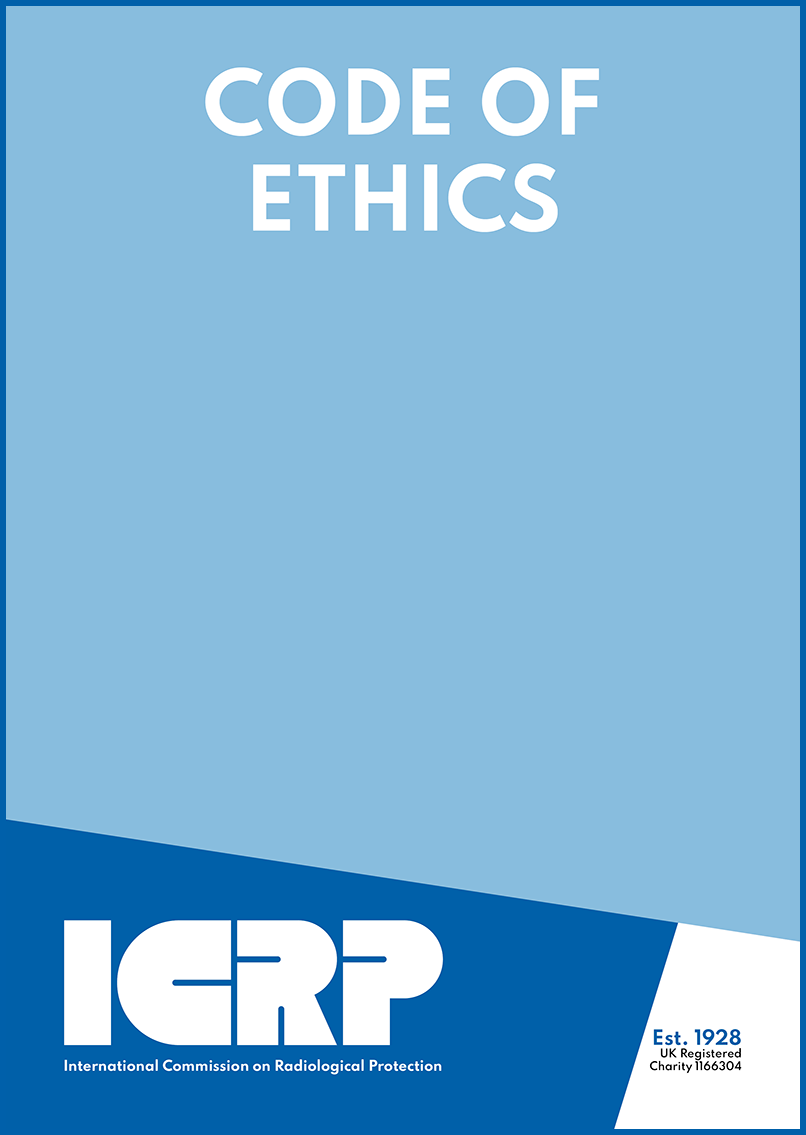Governance
ICRP is:
- An independent, international organisation that advances for the public benefit the science of radiological protection, in particular by providing recommendations and guidance on all aspects of protection against ionising radiation
- A charity (not-for-profit organisation) registered with the Charity Commission for England and Wales (registration number 1166304)
- A community of about 350 globally-recognised experts in radiological protection science, policy, and practice from around 40 countries
The ICRP headquarters office, the seat of the Scientific Secretariat, is in Ottawa, Canada.
Structure
ICRP is comprised of the Main Commission, the Scientific Secretariat, four standing Committees (Committee 1 on Effects, Committee 2 on Doses, Committee 3 on Medicine, and Committee 4 on Application), and a series of Task Groups.
| MAIN COMMISSION |
SCIENTIFIC SECRETARIAT |
| COMMITTEE 1 Effects |
COMMITTEE 2 Doses |
COMMITTEE 3 Medicine |
COMMITTEE 4 Application |
| TASK GROUPS |
The Main Commission and Scientific Secretariat work together to direct, organise, and oversee the work of ICRP.
The ICRP Chair, Vice-Chair, and Scientific Secretary work together closely to run ICRP in an executive manner.
The Main Commission, led by the Chair, acts as a board of directors, setting policy and general direction. All ICRP reports are approved by the Main Commission prior to publication.
The Main Commission is also the board of charity trustees, overseeing the proper functioning of the organisation as a charity registered with the Charity Commission of England and Wales.
The Scientific Secretariat, led by the Scientific Secretary, carries out the daily business ICRP.
The Committees provide advise within their areas of expertise. They direct the work of Task Groups, and play an important role in ensuring the quality of ICRP reports.
Task Groups are established to undertake a specific task, normally the production of a single ICRP report for publication in the dedicated journal Annals of the ICRP, and are generally comprised of a mixture of Committee members and other experts in the field invited to contribute to the work.
Main Commission and Committee members are expert volunteers elected to serve 4-year terms. Task Group members are expert volunteers selected to undertake specific projects for the duration of those projects. Most members of the Scientific Secretariat are full-time appointments, either ICRP staff of indeterminate term, or experts on secondment from other organisations
The Work of ICRP
In preparing its recommendations, ICRP considers the fundamental principles and quantitative bases upon which appropriate radiation protection measures can be established, while leaving to the various national protection bodies the responsibility of formulating the specific advice, codes of practice, or regulations that are best suited to the needs of their individual countries.
ICRP has published well over one hundred publications on all aspects of radiological protection. Most address a particular area within radiological protection, but a handful of publications, the so-called fundamental recommendations, each describe the overall system of radiological protection. The system of radiological protection is based on the current understanding of the science of radiation exposures and effects, and value judgements. These value judgements take into account societal expectations, ethics, and experience gained in application of the system. As the understanding of the science and societal expectations have evolved over time, so too has the system of radiological protection. As well, the recommendations continue to take into account novel uses of radiation in medicine and other fields to help ensure an adequate level of safety under all circumstances.
ICRP offers its recommendations to regulatory and advisory agencies and provides advice the intended to be of help to management and professional staff with responsibilities for radiological protection. Legislation in most countries adheres closely to ICRP recommendations. The International Atomic Energy Agency (IAEA) International Basic Safety Standards for Protection against Ionizing Radiation and for the Safety of Radiation Sources is based heavily on ICRP recommendations, and the International Labour Organisation (ILO) Convention 115, Radiation Protection Convention, General Observation 1992, refers specifically to the recommendations of ICRP. ICRP recommendations form the basis of radiological protection standards, legislation, programmes, and practice worldwide.



